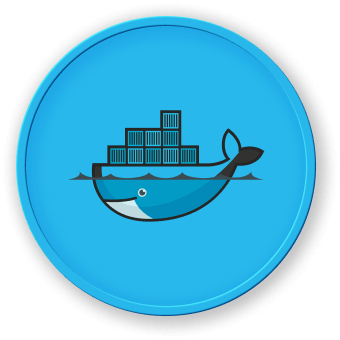Orchestrating Service Interactions
Once you have defined your interdependent services using Docker Compose, the next step is to orchestrate the interactions between these services. Docker Compose provides several features and mechanisms to help you manage the communication and coordination between your application's components.
Connecting Services via Networks
In Docker Compose, services are connected to each other through networks. By default, Docker Compose creates a single network for your application, but you can also define multiple networks to isolate different parts of your application.
Here's an example of how you can define multiple networks in your docker-compose.yml file:
version: "3"
networks:
frontend:
backend:
services:
web:
image: nginx:latest
ports:
- "80:80"
networks:
- frontend
app:
image: myapp:latest
networks:
- frontend
- backend
db:
image: mysql:5.7
environment:
MYSQL_ROOT_PASSWORD: password
networks:
- backend
In this example, the web and app services are connected to the frontend network, while the app and db services are connected to the backend network. This allows you to isolate the communication between the web and database layers of your application.
Exposing Service Ports
To allow external access to your services, you can use the ports keyword in your docker-compose.yml file to expose the necessary ports. For example:
version: "3"
services:
web:
image: nginx:latest
ports:
- "80:80"
This will expose the Nginx web server on port 80 of the host machine.
Passing Environment Variables
Sometimes, you may need to pass environment variables between your services. You can do this using the environment keyword in your docker-compose.yml file. For example:
version: "3"
services:
web:
image: myapp:latest
environment:
DB_HOST: db
DB_PASSWORD: password
db:
image: mysql:5.7
environment:
MYSQL_ROOT_PASSWORD: password
In this example, the web service can access the DB_HOST and DB_PASSWORD environment variables, which are used to connect to the db service.
By leveraging these features, you can orchestrate the interactions between your services, ensuring that they communicate and coordinate seamlessly within your Docker Compose-based application.




